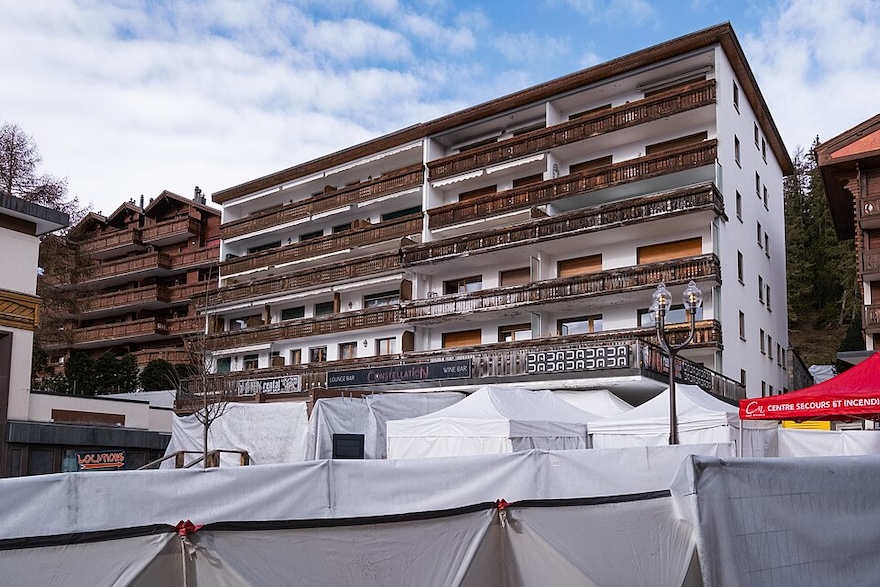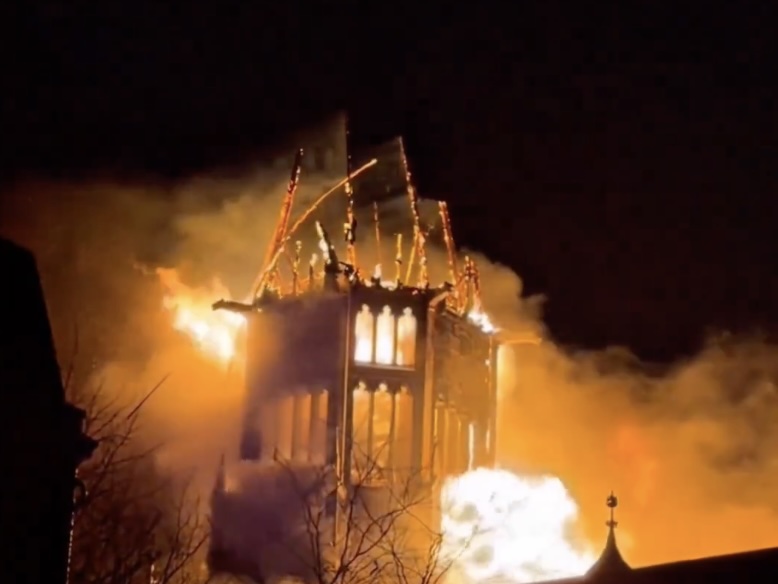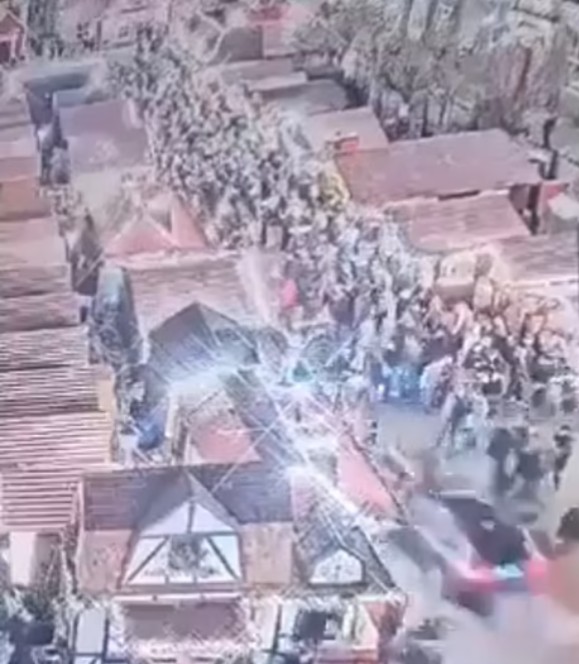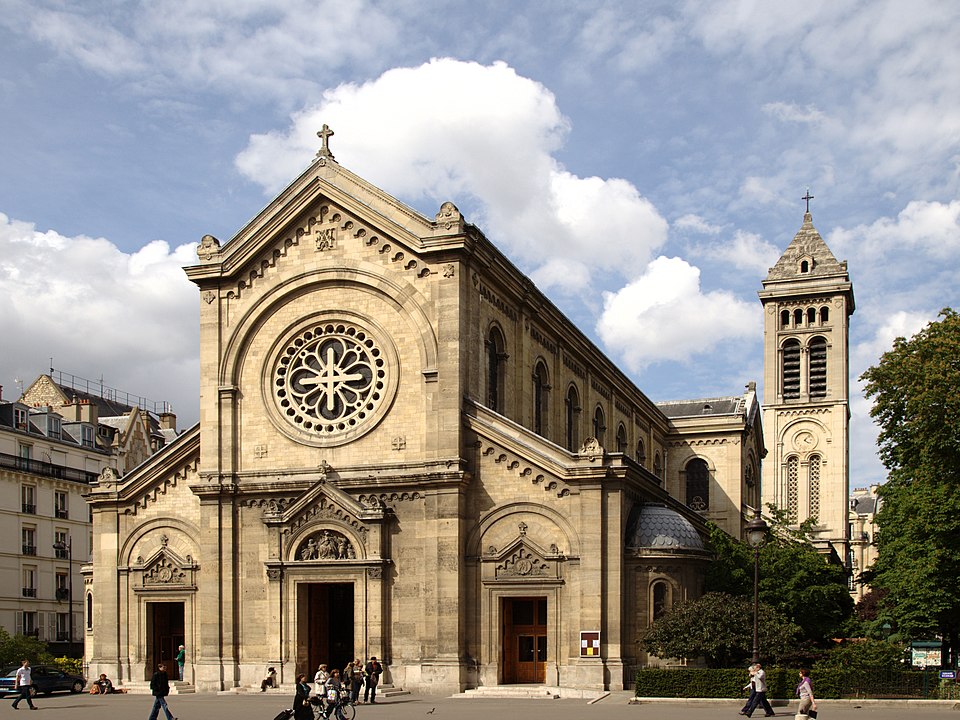When Heritage Becomes a Battlefield: The Preah Vihear Temple Case
Recent clashes along the Cambodia-Thailand border have exposed the Preah Vihear Temple, an 11th-century Hindu sanctuary and UNESCO site, to unprecedented structural damage, drawing international attention not only for its symbolic value but also for the urgent need for technical and regulatory intervention.
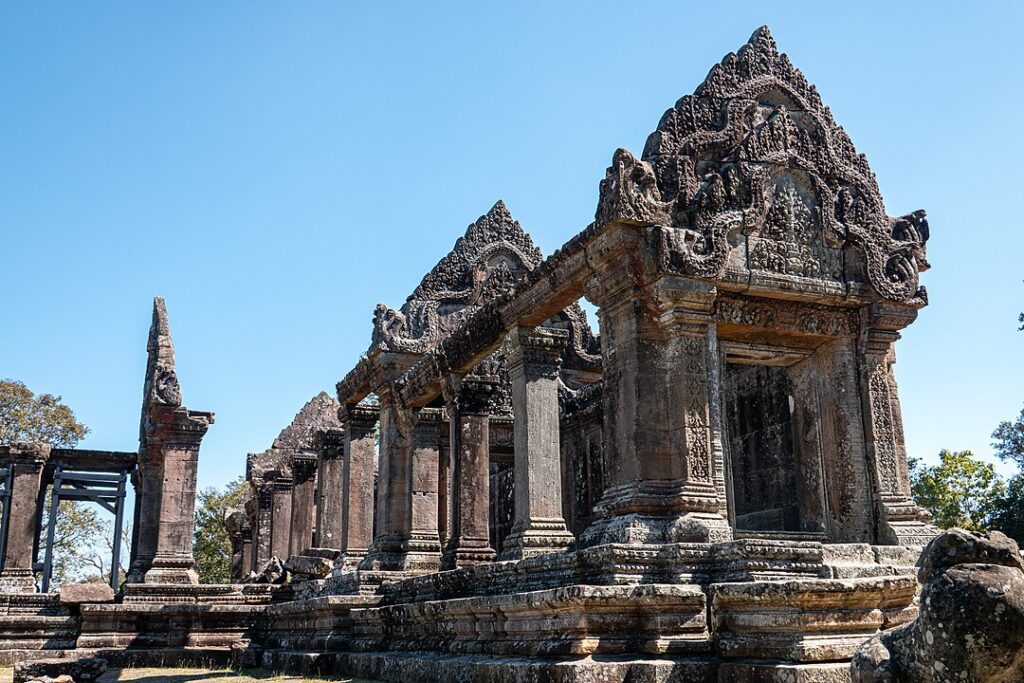
Current status and dynamics of the damage
- Documented structural damage: On July 24, 2025, the Cambodian Ministry of Culture presented evidence of bombing and airstrikes by Thai F-16 fighter jets. Specifically, gopuras I, II, III, and V and the central cella were affected, with evident fractures and partial collapses of the stone walls and severe abrasions to the decorative elements. The use of MK-82, 155mm shells, and cluster munitions has caused both direct mechanical damage and vulnerability of the load-bearing elements.
- Cumulative degradation: The new scenario accentuates processes already underway from previous crises (2008–2011), worsening erosion, instability, and dispersion of ancient stone material. Crash injuries and microcracks in the sandstones accentuate the loss of structural cohesion already reported in the ICC-Preah Vihear monitoring reports.
- Context impairment: Ballistic effects extend to satellite structures and the sacred landscape, threatening the spatial and cultural integrity that underpins the site’s Outstanding Universal Value according to UNESCO criteria.
Intervention Strategies and Specialist Coordination
In situations like those that occurred at the Preah Vehars temple, protocols are normally implemented that include:
- Activation of International Emergency Response: In this specific case, the international response was activated through thef ICC-Preah Vihear (co-chaired by India and China) and the UNESCO Safeguarding Unit has been requested, with a request for technical missions for:
- Damage assessment using advanced geomatics and photogrammetry.
- Stratigraphic cataloging of damage and collapses to prioritize targeted interventions.
- Stabilization and Collapse Prevention: Installation of temporary frames and shoring systems at the highest risk points (gopura and perimeter walls).
- Protection from secondary risks (unexploded ordnance, new attacks) through mobile barriers and sensor monitoring.
- Conservative Restoration and Mitigation: Repair interventions with compatible mortars and micro-piling consolidation on destabilized foundations.
- Microinjections of reversible binders into cracks to prevent damage propagation.
- Removal and documentation of debris under archaeological supervision, with attention to anastylosis processes where original materials are recoverable.
- Legal Framework and Governance: Application of the Hague Conventions (1954) and UNESCO (1972), calling for an immediate cessation of hostilities in compliance with the instruments for the protection of cultural heritage in conflict zones and cross-referencing of international case law regarding deliberate damage to cultural heritage in conflict zones.
Operational Recommendations
Additional operational recommendations include the coordination of an international multidisciplinary task force comprising engineers, conservators, archaeologists, and legal professionals to ensure:
- Rapid post-event analysis.
- Adoption of “minimum intervention, maximum reversibility” methodologies.
- Tracking of interventions according to integrated ICCROM/ICOMOS protocols.
- Full transparency and inclusion of local communities in the planning and monitoring phases, to enhance the site’s resilience and promote the sustainability of technical solutions.
Although this is not the first case of a crisis to escalate into armed activity over territorial sovereignty, the case of Preah Vihear Temple holds particular significance as the UNESCO site appears to have been both a contributing factor and a victim of the Thai-Cambodian crisis. In certain respects, this emergency can be interpreted as redefining the operational and scientific priorities for professionals responsible for safeguarding endangered sites and reinforcing the imperative for a collaborative response, guided by the highest international standards and the protection of heritage as a global shared responsibility.
